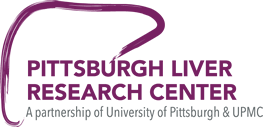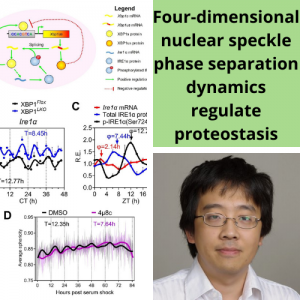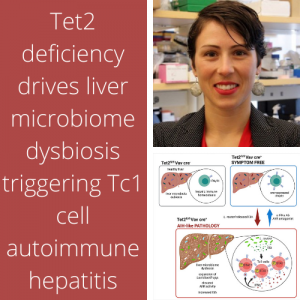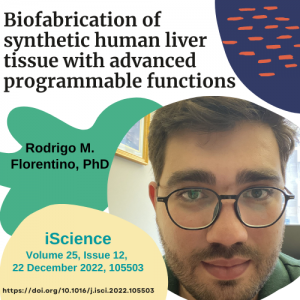
Ulrich Baumann, René Adam, Christophe Duvoux, Rafael Mikolajczyk, Vincent Karam, Lorenzo D’Antiga, Christophe Chardot, Ahmet Coker, Michele Colledan, Bo€Goran Ericzon, PÃ¥l Dag Line, Nedim Hadzic, Helena Isoniemi, Jürgen L. Klempnauer, Raymond Reding, Patrick J. McKiernan, Valérie McLin, Andreas Paul, Mauro Salizzoni, Emanuel San Bento Furtado, Stefan Schneeberger, André Karch, for the European Liver and Intestine Transplant Association. Survival of children after liver transplantation for hepatocellular carcinoma. Liver Transpl. 2018 Feb;24(2):246-255. doi: 10.1002/lt.24994.
ABSTRACT: Hepatocellular carcinoma (HCC) in childhood differs from adult HCC because it is often associated with inherited liver disease. It is, however, unclear whether liver transplantation (LT) for HCC in childhood with or without associated inherited disease has a comparable outcome to adult HCC. On the basis of data from the European Liver Transplant Registry (ELTR), we aimed to investigate if there are differences in patient and graft survival after LT for HCC between children and adults and between patients with underlying inherited versus noninherited liver disease, respectively. We included all 175 children who underwent LT for HCC and were enrolled in ELTR between 1985 and 2012. Of these, 38 had an associated inherited liver disease. Adult HCC patients with (n€‰=€‰79) and without (n€‰=€‰316, matched by age, sex, and LT date) inherited liver disease served as an adult comparison population. We used multivariable piecewise Cox regression models with shared frailty terms (for LT center) to compare patient and graft survival between the different HCC groups. Survival analyses demonstrated a superior longterm survival of children with inherited liver disease when compared with children with HCC without inherited liver disease (hazard ratio [HR], 0.29; 95% CI, 0.10-0.90; P€‰=€‰0.03) and adults with HCC with inherited liver disease (HR, 0.27; 95% CI, 0.06-1.25; P€‰=€‰0.09). There was no survival difference between adults with and without inherited disease (HR, 1.05; 95% CI, 0.66-1.66; P€‰=€‰0.84). In conclusion, the potential survival advantage of children with an HCC based on inherited disease should be acknowledged when considering transplantation and prioritization for these patients. Further prospective studies accounting for tumor size and extension at LT are necessary to fully interpret our findings.
For full text, please click here.








